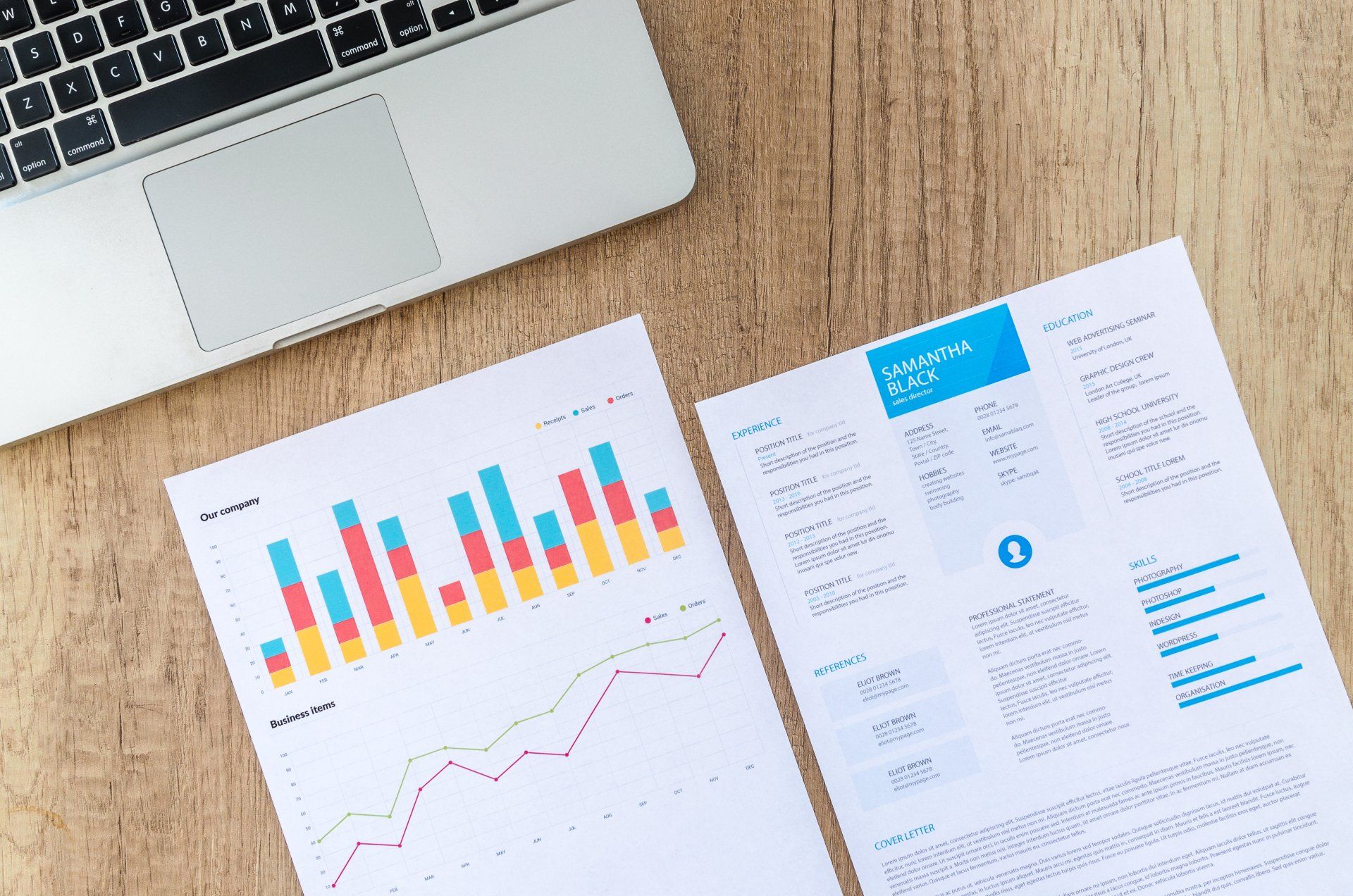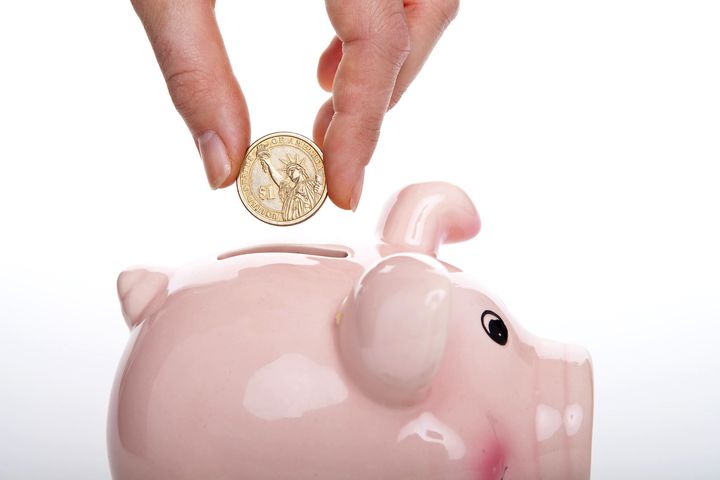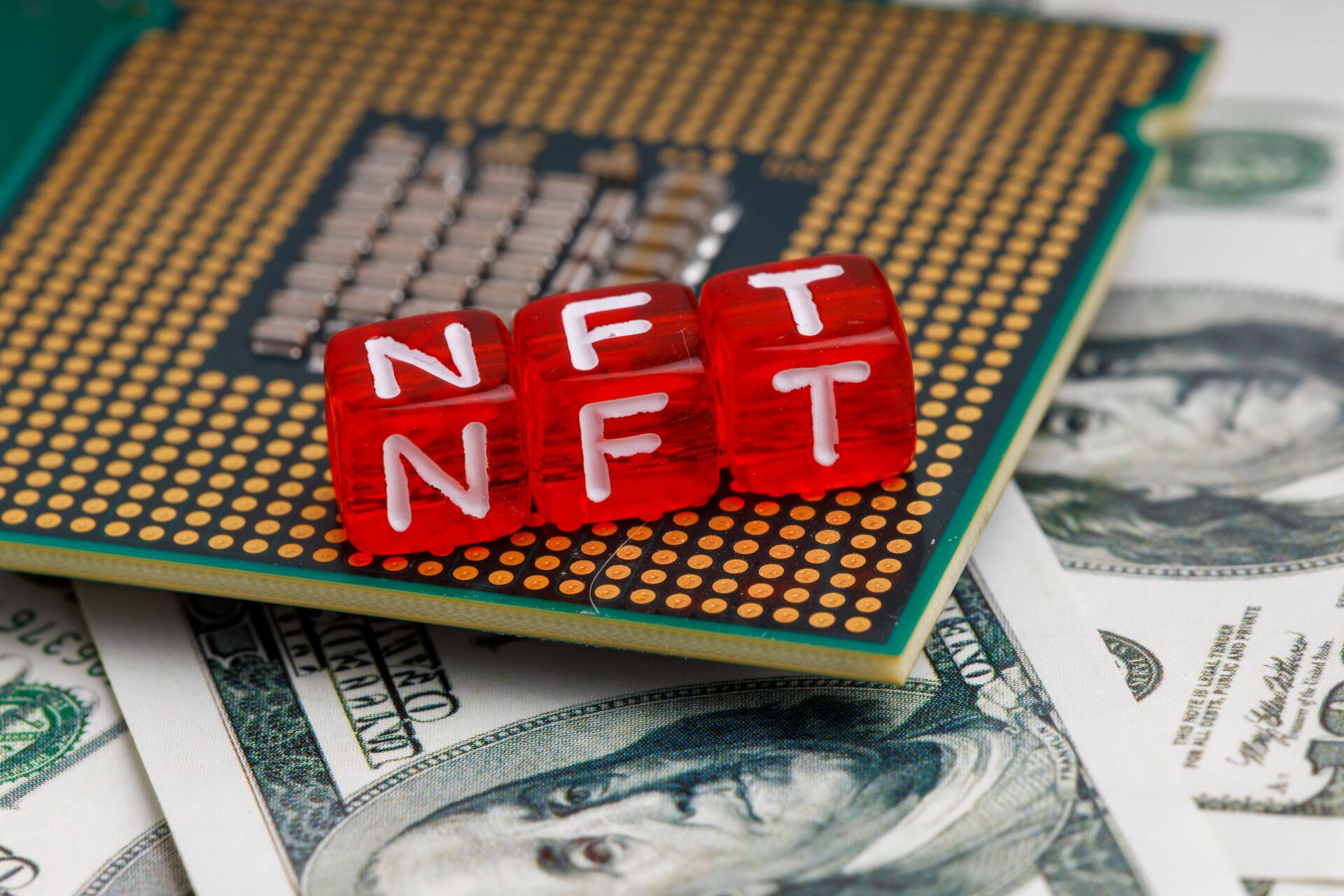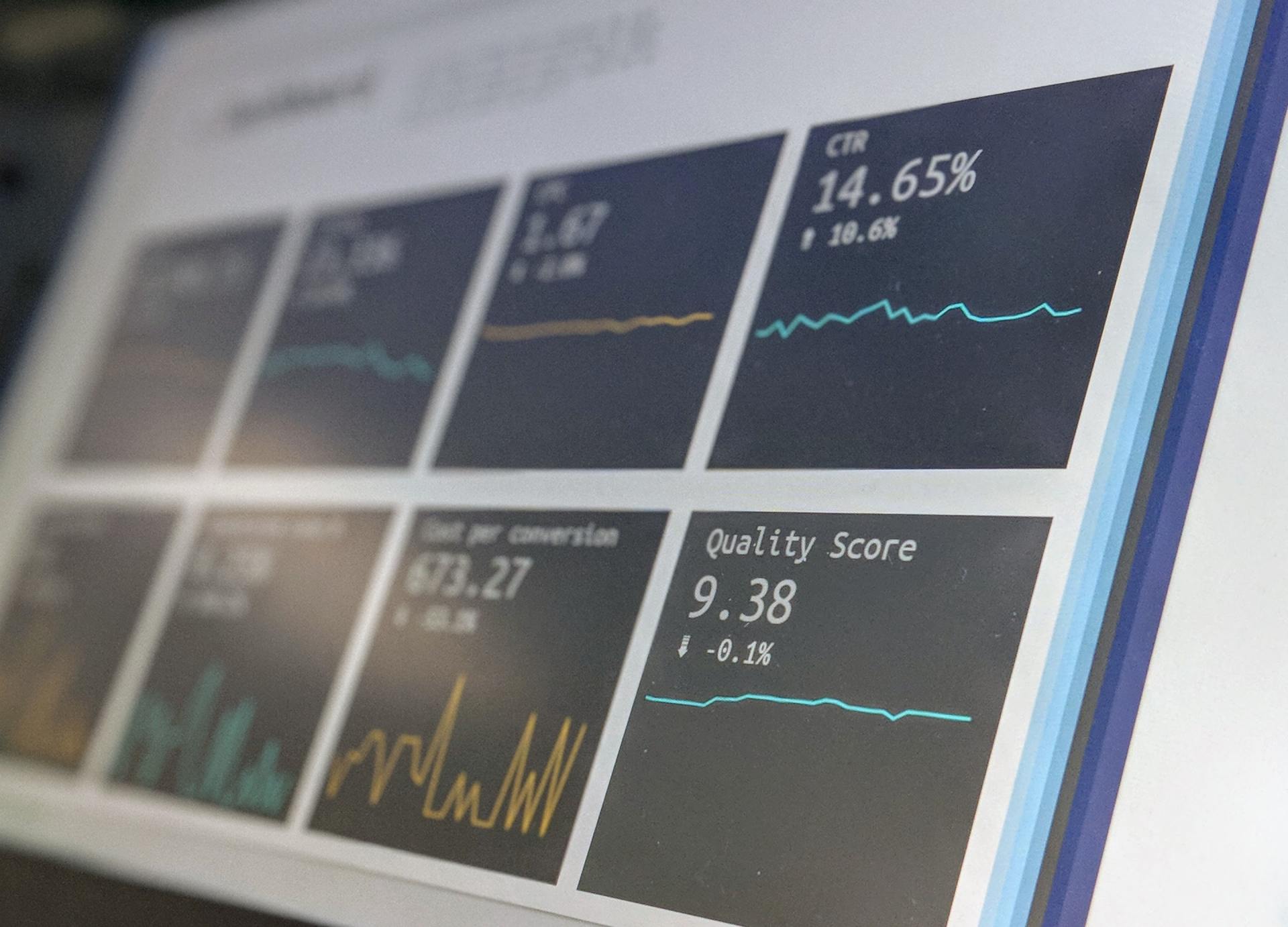Roth 401(k) vs Traditional 401(k): Which should I get?
August 9, 2021
Which 401(k) will prepare me better for retirement?
This is a frequently asked question, especially among young people just starting out their careers in companies that offer retirement benefits.
To start off, let’s talk about what a 401(k) actually is. Luckily, 401(k) is not referring to a long-distance race (I think far fewer people would be interested in it if it were). It’s just a retirement savings/investment tool that was named after a section of the U.S. Internal Revenue Code.
Typically, if you invest in a 401(k) through your employer, your money will be managed by an advisor, often from some sort of investment management company like Fidelity. That’s not to say that you don’t have any say in how your money is invested--you certainly have input over your own money.
Many companies allow employees to contribute part of their paycheck to a 401(k). Some companies even offer to match their employees’ contributions, up to a certain percentage. As of 2021, the max amount that can be contributed to a 401(k) in a given year is $19,500 for employees under 50-years-old and $26,000 for employees who are 50 years of age or older. That extra $6,500 for employees over 50 is called a catch-up contribution. It allows said employees to more easily meet their retirement goals as they draw closer to it.
So, when that percentage of your paycheck gets taken out, where exactly is it going?
The money that is invested in a 401(k) will generally include an array of stock and bond mutual funds, as well as target-date funds. The specific makeup will depend on a few factors, one of the most important ones being how close you are to retirement (the closer you are, the lower the risk because you won’t be playing the long game in the stock market anymore).
With all of this information about 401(k)’s, how do I know which kind to invest in?
That decision is going to depend on personal preferences, but what you need to know about the differences between a Roth and a Traditional 401(k) comes down to how they are taxed.
Contributions to a Roth 401(k) are taken from after-tax dollars. That means you are investing money from your paycheck that has already been taxed and don’t have to worry about paying taxes on it (or its growth) when you withdraw money from it in retirement. One thing to note is that your employer match portion in a Roth 401(k) will be subject to taxes when withdrawn.
Contributions to a Traditional 401(k) are taken from your paycheck’s pre-tax dollars. That means that your taxes will be lower now, but you will pay taxes on everything you withdraw in retirement. When they are withdrawn, they will be taxed at an ordinary income tax rate, with most state income taxes applying as well.
So, which type of 401(k) to invest in comes down to you. Do you think income taxes will be higher today or during retirement? Do you think you will be making more money now or later? Now that you have an understanding of the differences between the two, these are just some questions to consider when deciding on a Roth vs Traditional 401(k).
Citations:
Dave Ramsey, “401(k) vs. Roth 401(k): Which One Is Better?,” Ramsey Solutions (blog), June 17, 2021, accessed 8/3/2021, https://www.ramseysolutions.com/retirement/traditional-401k-vs-roth-401k.
Jason Fernando, “401(k) Plans: The Complete Guide,” Investopedia, March 11, 2021, accessed 8/3/2021, https://www.investopedia.com/terms/1/401kplan.asp.
Kristin McKenna, “Should I Pay Someone to Manage My 401(k)?,” Forbes, February 22, 2021, accessed 8/3/2021, https://www.forbes.com/sites/kristinmckenna/2021/02/22/should-i-pay-someone-to-manage-my- 401k/?sh=b6dd3eed0673.

StockMotion is an app that teaches financial literacy and is available for free on both the App and Play Stores. In this article, we highlight the investing basics curriculum that walks players through the fundamental concepts of investing and serves as a great starting point for your investing journey!

Depending on your age, retirement may seem a long way off in the distance, but failing to have a specific goal and plans to reach it will likely cause your retirement to be stressful or delayed altogether. In this post, we'll take a look at what a retirement plan is and how you can get started on your own plan!

We know that talking about investing and the stock market can sometime sound like an alien language. The term, P/E ratio, is not any different sounding like jargon but it's actually a simple concept once we break it down. First off, let's talk about the P/E, it stands for Price-to-Earnings. More specifically, price refers to the stock price of the share and earning refers to, well, the total earnings of the company divided by the outstanding shares. Note: outstanding shares means the total number of shares issued by the company which include shares kept within the companies and owed by the shareholders, us. So for example, the company Good Food store has a stock price of $1. Over the past month, Good Food store earned $100 and it has 200 outstanding shares. So P or Price which is just stock price = $1. So for E or Earning, we take the $100 earned and divide it by the 200 shares, equalling .5. To finish calculating the ratio we have to divide P/E or $1/.5 which turns out to be 2. So we are left with a P/E ratio of 2. Now what? Well, it depends.

Here's one life's most important financial tips: always pay yourself first. Whether that means investing a set amount of salary into a 401k each paycheck or placing a set percentage of income into a savings account each month, this simple tip can make a huge difference in planning for a solid financial future. It changes the perspective from that of saving whatever is left to a consistent and sustainable method of building capital. Though it is important to take care of debts and expenses, you are also important. Our goal is help you see that money is not only a tool for survival but a way to enjoy life to the fullest. Accidents happen, it is just a fact of life. Though you cannot plan for these things to happen, you can prepare for them. This is where having a "rainy day" fund comes in. Built from the strategy of always paying yourself first, you have a safety cushion to help take these setbacks with stride. So when you are budgeting for this month or if you are going to budget for the first time, remember, pay yourself first!








